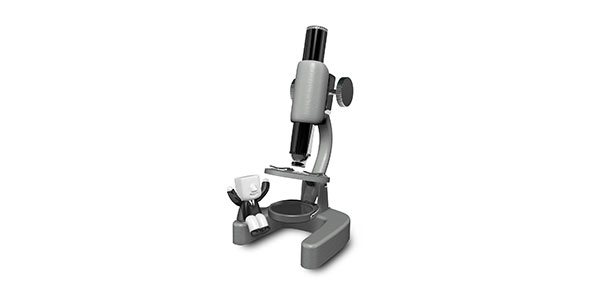Related Flashcards
Related Topics
Cards In This Set
| Front | Back |
|
Risks in Psychological Research
|
Physical harm, stress, loss of privacy and confidentiality
|
|
Informed Consent
|
Information people need to make their decision, simple and straightforward language
|
|
Deception
|
Can be used when it wouldn't interfere with the decision, and information will be given at the end of the study, informed consent can alter the participant's reactions
|
|
Debriefing
|
If participant's were deceived, researcher has to explain why that was necessary, make sure participant is calmed down, explain purpose and what was expected
|
|
Alternatives to Deception
|
Role-playing, simulation, honest experimental studies
|
|
Role-Playing
|
Describe a situation and ask how the person would respond to it, if they know what the hypothesis is, they may behave in a way that supports it
|
|
Simulation Study
|
Simulation of real world experience (Stanford Prison Experiment)
|
|
Honest Experimental Study
|
No role-playing or deception, effectiveness of online dating, programs that seek to change behavior, field experiments (staring at drivers), naturally occurring events (crowded dorms)
|
|
Confounding and Internal Validity
|
Confounding variable is one that cannot be separated from the results and therefore one cannot say with entire certainty that the results are solely because of the manipulation of the IV
|
|
Basic Experiment: Post-Test only
|
Obtain two equivalent groups of participants, introduce the IV and measure the effect on the DV
|
|
Basic Experiment: Pre-Test then Post-Test
|
Only difference from only post-test is that a pre-test is given before the experiment
|
|
Disadvantages of Basic Experiments
|
Groups may not be entirely equal, people may drop out of the study, pre-test may be time consuming, could sensitize people to the nature of th study
|
|
Advantages of Basic Experiments
|
Pre-test can eliminate groups not being entirely equal, can imbed the pre-test in something else so it wouldn't be recognized
|
|
Independent Groups Design
|
Participants are randomly assigned to the various conditions so that each participates in only one group.
|
|
Repeated Measures Design
|
Measured after each level of IV, fewer people needed because they participate in all levels, very sensitive to differences because data is from the same people
|








